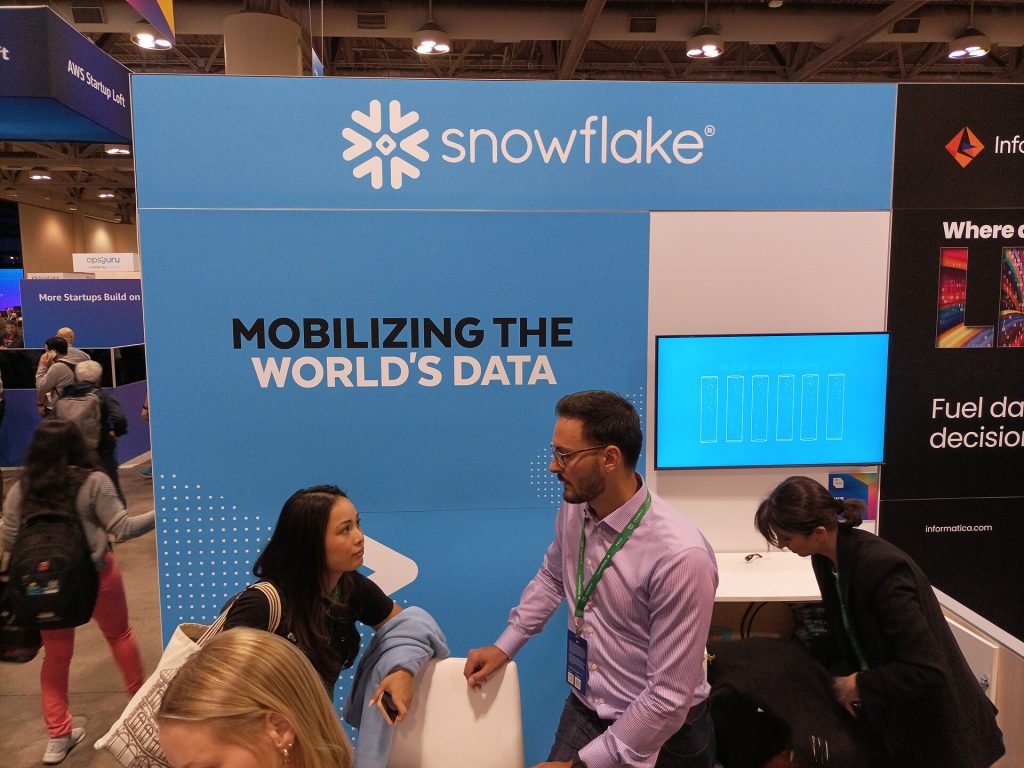
On a chilly summer morning in 2012, in a small conference room at Sutter Hill Ventures, three men stood before a thin whiteboard: Benoit Dageville, Thierry Cruanes, and Marcin Żukowski.
“What if we separate storage and compute?” Dageville twirled the pen.
“Data stays centralized, but compute clusters can attach and detach as needed,” Żukowski added.
“And this all happens in the cloud—across multiple clouds.”
Mike Speiser, investor and interim CEO, nodded. “This is worth founding a company for. Let’s keep it quiet until we’re ready.”
And so, Snowflake began in stealth.
Early Design Principles
At early customer meetings, the questions were always the same: “So I don’t have to stick to just one cloud?”
Cruanes would flip his laptop: centralized storage, multi-cluster compute, elastic scaling. No interference between workloads.
“Think of it like this,” he explained, “separation of storage and compute, combined with massive parallel processing over shared data.”
For cloning and testing, Dageville added another twist: zero-copy cloning—instant virtual replicas without duplicating data. Small design choices like these later reshaped enterprise data culture.
From Stealth to Stage
In 2014, Snowflake came out of stealth. CEO Bob Muglia calmly declared: “We are here to rebuild the data warehouse.”
The product launched in 2015 on AWS, expanded to Azure (2018) and Google Cloud (2019). Features like data sharing and data exchange soon followed. The idea: don’t move data, just share access rights.
The Slootman Era
On May 1, 2019, the board brought in Frank Slootman, famed for hyper-growth leadership.
His first all-hands message: “We are not a data warehouse company. We are a Data Cloud company.”
Language shifted. Sales emphasized consumption-based pricing: not buying servers, but paying for queries and compute. The rhythm quickened.
Then came September 16, 2020: Snowflake’s IPO. Opening at $245, double its $120 offer price, it became the largest software IPO ever. Markets buzzed when Berkshire Hathaway directly invested $250M—rare for a Buffett-led firm. Slootman’s only internal message was: “Congrats. Now back to customers and product.”
Broadening Horizons
By 2022, Snowflake added Unistore for transactional workloads and acquired Streamlit for $800M to enable building apps directly on data.
“Are we a database or an app platform?” an engineer asked.
“Both,” the product lead replied. “It’s about creating instantly where the data lives.”
AI and the Arctic Model
With the AI wave in 2023–2024, Snowflake launched Cortex for LLM integration and unveiled its own open LLM, Arctic, in April 2024—optimized for enterprise workloads with efficient training costs and strong SQL/code generation.
In February 2024, leadership shifted again. Frank Slootman stepped down, and Sridhar Ramaswamy, former Google exec and Neeva founder, took the helm. His message: “We don’t just do AI. We deliver product experiences where data and AI are seamlessly combined.”
Challenges and the Core Promise
Snowflake faces hurdles: consumption-based revenue fluctuates with cloud cost optimization trends, and competition is fierce. But its philosophy remains constant:
“Put data at the center, and let compute, apps, and AI orbit around it.”
From its IPO celebrations to AI-infused roadmaps, every moment reflects the same trajectory: data piling endlessly like snow, ready to flow across enterprises.
The 2012 whiteboard question still echoes: “What if we separate storage and compute?”
Snowflake’s longer answer today: “That’s how data—and everything built upon it—goes further.”

By Snowflake – Extracted from: https://www.snowflake.com/wp-content/uploads/2015/10/Snowflake_Inside_the_Elastic_Data_Warehouse_WP.pdf, Public Domain, https://commons.wikimedia.org/w/index.php?curid=80233206
